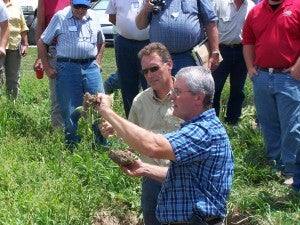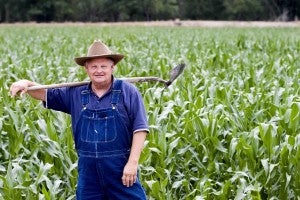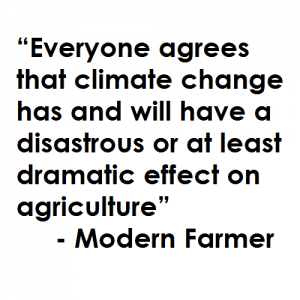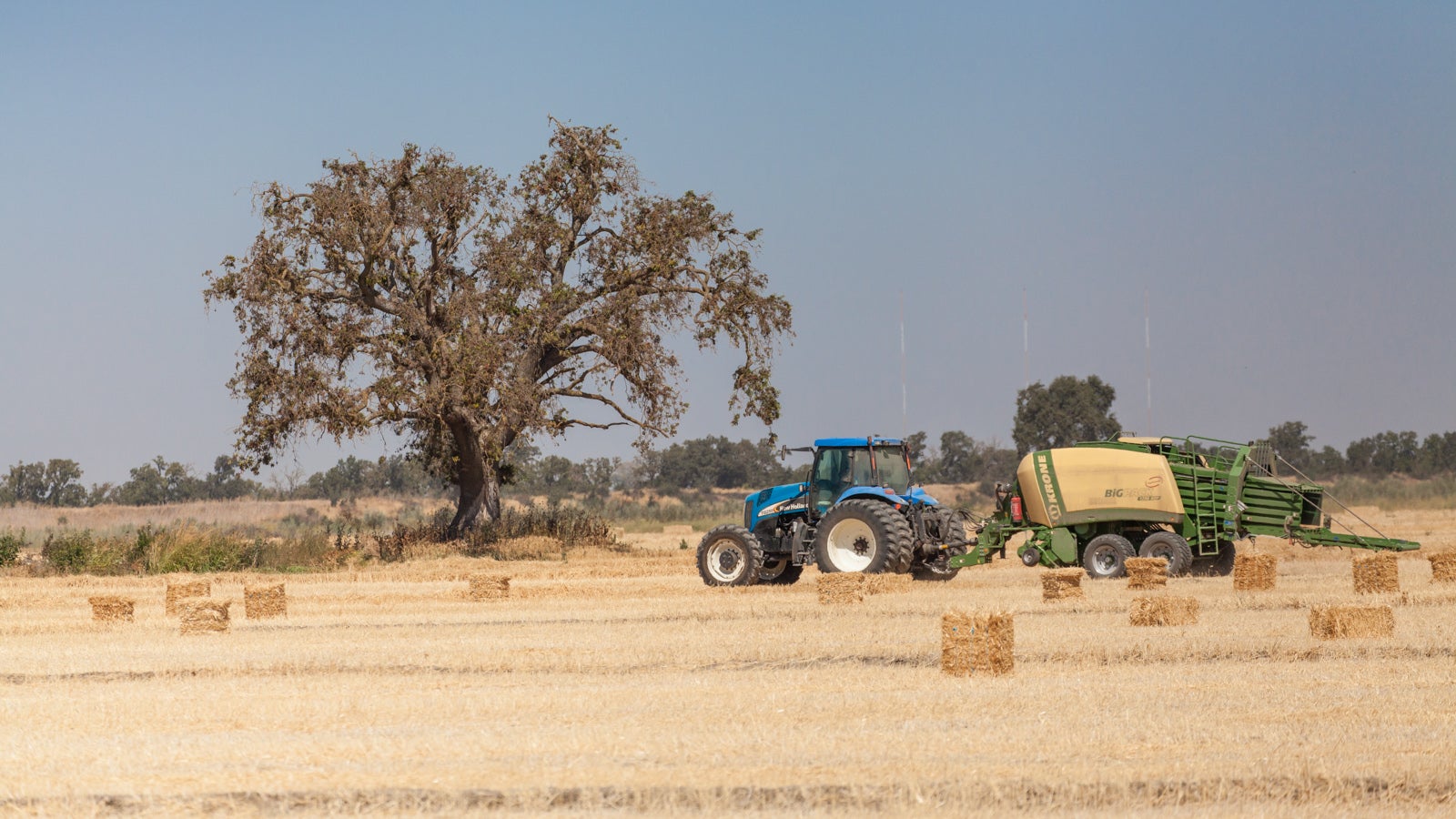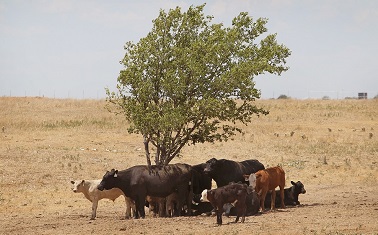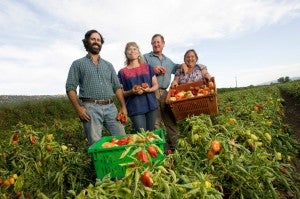
Credit: Paulo Vescia
It’s not always easy to incentivize private landowners to voluntarily implement water efficiency and conservation measures, particularly when there’s a drought. When drought hits, farmers desperately need water to grow thirsty crops and remain profitable. In the near term, it’s a lot easier, as “60 Minutes” recently reported, to keep drilling deeper and deeper to access quickly dwindling groundwater – at any cost.
As the “60 Minutes” story notes, groundwater is like a savings account that should primarily be used in times of need to supplement surface water supplies. With the most severe drought ever on record and surface water supplies at an all-time low, farmers all across California are pumping groundwater in record amounts – putting the state in serious risk of widespread groundwater overdraft.
That’s why the case of Full Belly Farm, a 400-acre, 30-year old certified organic farm located in Northern California – and recent winner of the prestigious Leopold Conservation Award – is especially impressive.
Read More »










